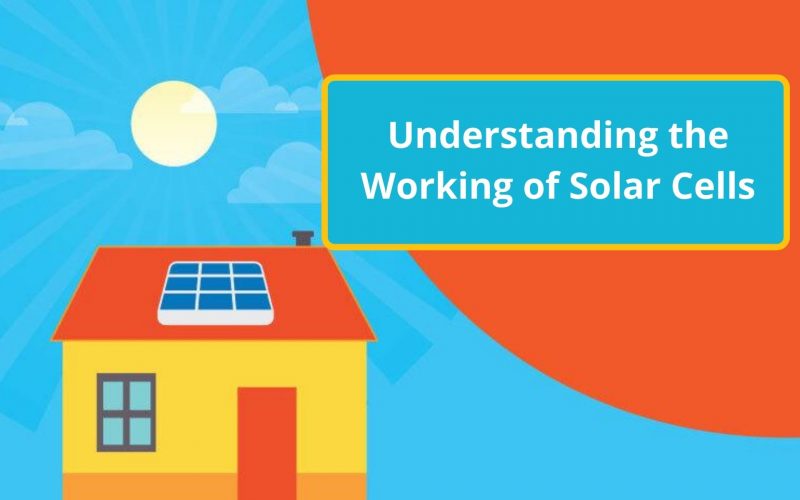Solar Cell or Photovoltaics (often abbreviated as PV) are simple devices that provide us with an elegant method of harnessing the sun’s energy. PV devices (solar cells) can directly convert the incident solar radiation into electricity. They produce no noise, produce no pollution, and do not include moving parts. Hence, they are robust, reliable and long-lasting.
In the 1960s, research in photovoltaics received its boost from the requirement in the space industry. Satellites required power supply for satellite applications, separate from grid power. Silicon solar cells back then were far too expensive, and the perceived need for an electricity generation method was still unseen. However, solar PV cells were an interesting scientific variation to the rapidly expanding silicon transistor development with several potentially specialized niche markets.
In the 1980s, research into silicon solar cells paid off as solar cells began to increase their efficiency. In less than half a decade, silicon solar cells achieved the milestone of 20% efficiency.
Working of Solar Cells
The primary component of a solar cell is silicon. Silicon is a semiconductor material at its core, and actually a very poor conductor of electricity. In 1839, Edmund Becquerel discovered that electrical energy could be harnessed from the sun during certain electrochemical configurations. Silicon is suitably doped with certain impurities to employ a solar photovoltaic (PV) cell to capture energy from the sun and convert it into electricity.
In the operation of solar cells, the principle is that when a photon reaches a semiconductor, it ejects an electron leading to the creation of two conductors: the free electron and the electron-hole. When the PN junction is exposed to light, photons with energy greater than the bandgap of silicon cells are absorbed, causing the emergence of electron-hole pairs. These carriers are separated under the influence of electric fields within the junction, creating a current that is proportional to the incidence of solar irradiation.
Electricity is created without noise, in a clean way and without any harmful by-products.
An array of solar cells converts solar energy into a usable amount of direct current (DC) electricity. Solar cells are connected in series increase the output voltage. Series connected cells form what is called as solar PV modules.
A PV module consists of a number of interconnected solar cells (typically 60 or 72 connected in series) encapsulated into a single, long-lasting, stable unit. Encapsulation is done to protect the solar cells from mechanical damage and for the module to sustain in a harsh environment.
Solar power can restrict climate change. With reduced carbon footprint, solar is a safe alternative that can replace the burning of fossil fuels for the generation of electricity that produces air, water, and land pollution.
Do give our blog a read for all your solar-related questions. You can also check out other interesting updates on solar on our Facebook page (facebook.com/zunroof)
Reach out to us by filling the form below:

